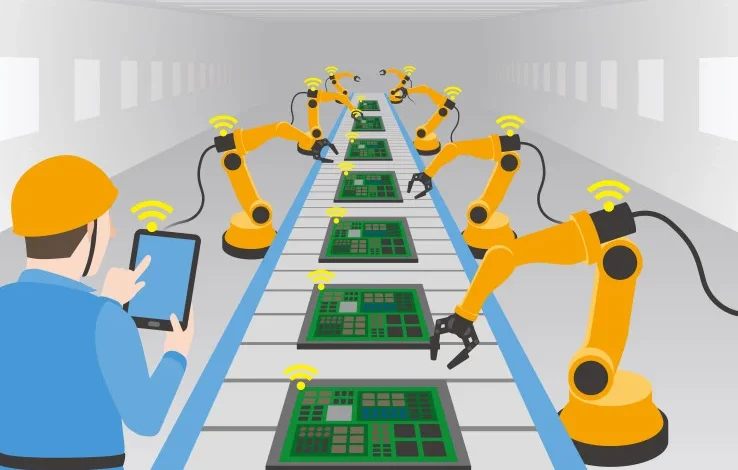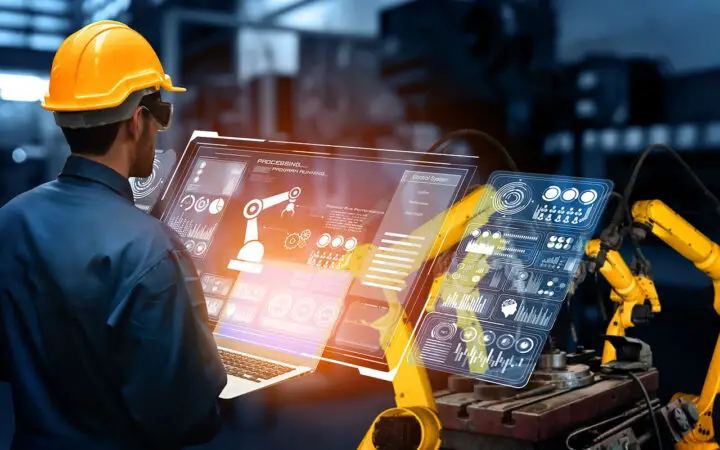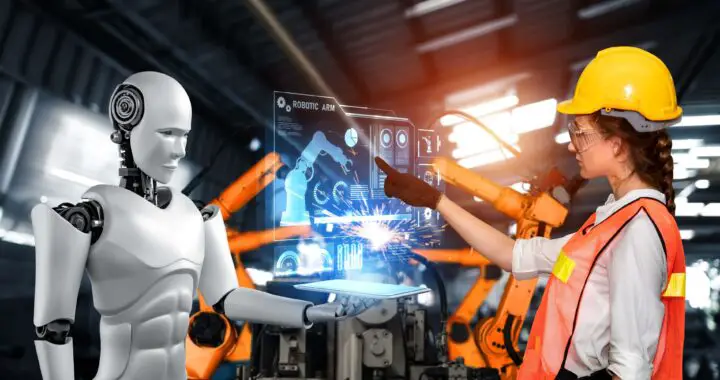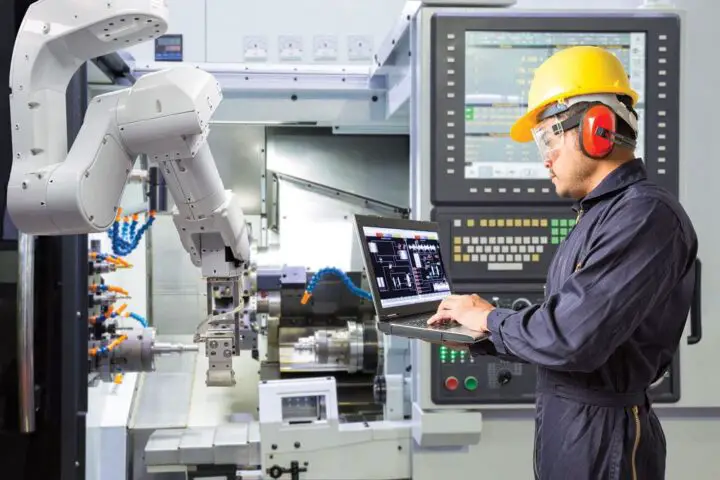7 Tips for Understanding the Primary Difference Between Automated Workers and Bots

The modern business landscape is rapidly evolving, with automation playing a pivotal role in this transformation. As technology advances, it becomes increasingly important for businesses to understand the nuanced differences between various forms of automatio.
By comprehending these differences, companies can make more informed decisions about which technology to implement for their specific needs, ensuring efficiency and competitiveness in the market.
Tip 1: Recognizing the Scope of Tasks

The distinction in the scope of tasks between automated workers and bots is foundational to understanding their roles in business automation. Automated workers shine in environments where complexity and decision-making are paramount. They are not just limited to performing tasks; they analyze data, synthesize information, and learn from outcomes.
This learning ability enables them to make informed decisions, an attribute akin to a skilled human employee. Their versatility is evident in various business applications. For instance, in customer service, an automated worker can interpret customer queries, understand the context, and provide personalized responses. In data analysis, they can sift through large datasets, identify patterns, and generate insights that drive business decisions.
These advanced capabilities stem from their underlying AI technologies. An AI agent within an automated worker can process natural language, recognize images, and even predict future trends based on historical data.
This makes them highly effective in dynamic environments where adaptability is crucial. For example, in marketing, they can analyze consumer behavior and adjust strategies in real-time, offering a level of dynamism that’s hard to achieve with traditional methods.
Conversely, bots are specialized for simplicity and consistency. Their strength lies in performing tasks that are repetitive and rule-based. In the realm of data entry, bots excel by quickly processing large volumes of information without errors – a task that could be tedious and time-consuming for humans.
Similarly, in handling basic customer queries, bots provide instant responses to frequently asked questions, ensuring efficiency and consistency in customer interactions. The operational framework of bots is relatively rigid. They follow a set of predefined rules and are not equipped to handle tasks that deviate from these rules.
This limitation becomes apparent in scenarios that require decision-making or problem-solving skills. For instance, in customer service, while bots can handle standard queries, they struggle with complex or nuanced customer issues that require understanding and empathy – traits that are currently beyond the capabilities of most bots.
Tip 2: Learning and Adaptability
A key feature of automated workers is their ability to learn and adapt over time. They use AI and machine learning to improve their performance based on past experiences, making them increasingly efficient and effective in their roles. This adaptability allows them to tackle a wide range of tasks and adjust to new business needs as they arise.
In contrast, bots are limited by their lack of learning capability. They perform tasks based on a set of predefined rules and cannot adapt to new situations or learn from past experiences. This makes them suitable for static tasks but less effective in dynamic environments.
Tip 3: Analyzing Level of Intelligence

Automated workers are equipped with a high level of intelligence, thanks to their AI and cognitive computing capabilities. They can process complex information, make decisions, and even engage in tasks that require a degree of understanding and problem-solving. This intelligence allows them to be deployed in roles that were traditionally reserved for skilled human workers.
Bots, however, operate on a much more basic level of intelligence. Their operations are confined to straightforward, rule-based activities. They lack the advanced cognitive abilities to understand or interpret complex data, limiting their use to simpler tasks.
Tip 4: Integration and Interaction with Humans

Automated workers are designed to seamlessly integrate and interact with human employees. They can complement human work by taking on complex tasks, thereby allowing human workers to focus on areas that require emotional intelligence, creativity, and strategic thinking. This collaboration can lead to a more productive and efficient workplace.
Bots, in comparison, have limited capabilities when it comes to human interaction. They are best utilized for tasks that require minimal human intervention, such as automating routine processes. Their integration with human workers is more about task replacement than collaboration.
Tip 5: Customization and Flexibility
Automated workers offer a high degree of customization and flexibility. They can be tailored to meet the specific needs of different industries or businesses. This adaptability is due to their advanced AI algorithms, which can be programmed to perform a wide range of tasks across various sectors.
Bots, while useful in their domain, offer less in terms of customization. They are typically designed for specific tasks and have limited flexibility to adapt to different roles or industries. Their effectiveness is confined to the parameters of their initial programming.
Tip 6: Examining the Impact on Workforce Dynamics
The introduction of automated workers into a business can significantly enhance workforce dynamics. They can take on challenging tasks, reducing the workload on human employees and allowing them to engage in more meaningful and creative work. This can lead to increased job satisfaction and productivity.
Bots, while also impacting workforce dynamics, do so in a different manner. They are often used to automate mundane and repetitive tasks, freeing up human employees from these less engaging activities. However, their impact is more on efficiency and less on enhancing the complexity or satisfaction of human roles.
Tip 7: Cost and Implementation Considerations

Implementing automated workers often requires a substantial investment, both in terms of finances and resources. The complexity of these systems demands significant setup, maintenance, and continuous updates. However, the long-term benefits and potential for substantial ROI can make this a worthwhile investment for many businesses.
Conversely, bots are generally less expensive to implement and maintain. Their simplicity means lower initial costs and fewer resources required for upkeep. For businesses looking for a cost-effective solution to automate simple tasks, bots can be an ideal choice.
Summary
While both have their place in the modern business environment, their applications, capabilities, and impacts vary greatly. Automated workers offer advanced, adaptable solutions for complex tasks, whereas bots provide efficient, consistent results for simpler, repetitive tasks.
Choosing the right automation solution depends on the specific needs and goals of the business, and a clear understanding of these differences can guide businesses in making informed decisions.
